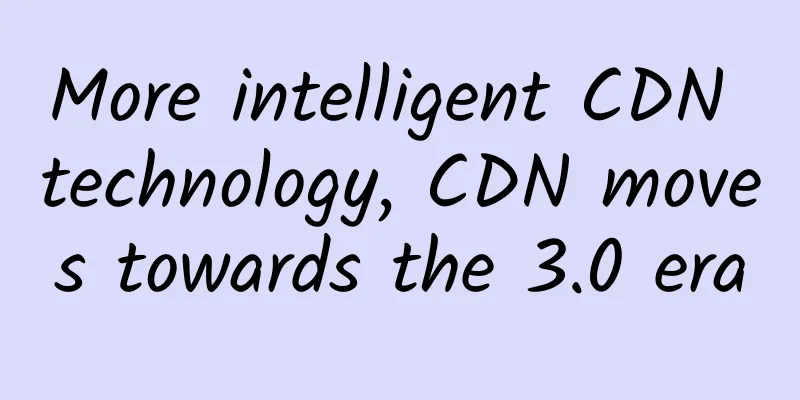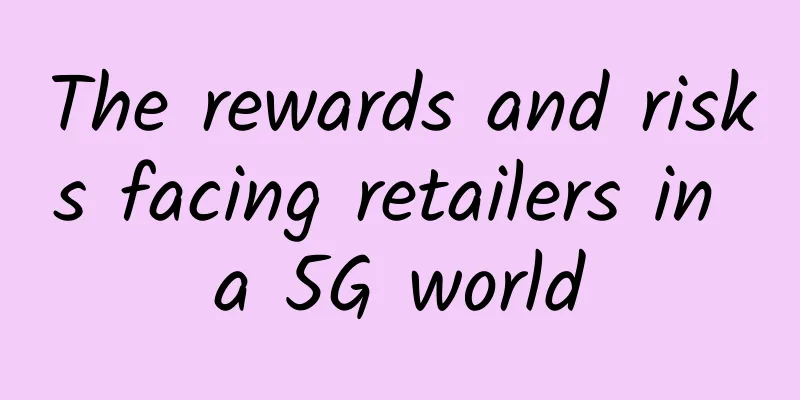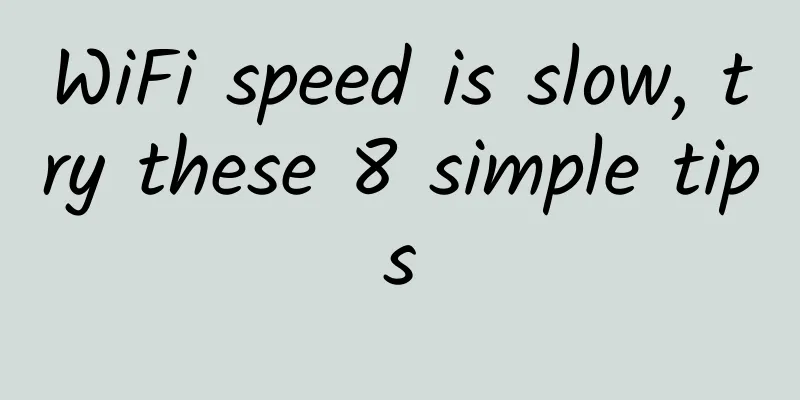HTTP 3 is coming soon
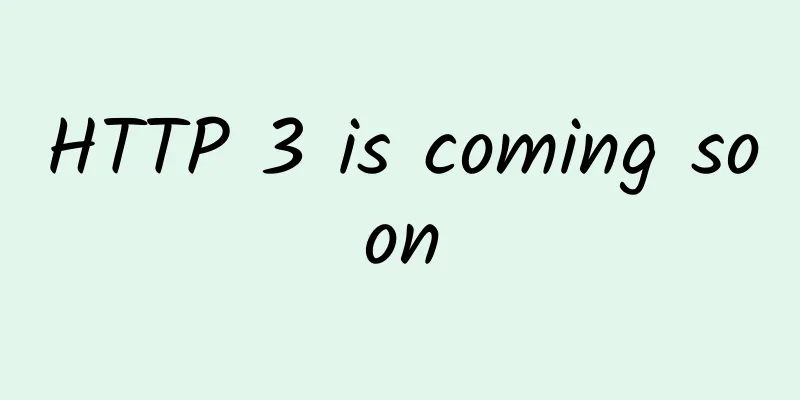
|
HTTP 3 This is a protocol that has not yet emerged. However, I noticed that YouTube has been using HTTP 3 in Chrome (not sure about others though!). How do I know? Because I use a plugin to see the HTTP protocol (HTTP/2 and SPDY indicators). What's new? The new specification also promises a faster, better, and more secure web experience. But how? HTTP 3 intends to simplify the TCP handshake (it's a 3-way handshake, hi, hi again, okay, you got my hi, same). On top of that, the connection establishment speed using the QUIC protocol is faster, which is also new. Enhanced connection establishment guarantees better connection migration between WiFi connections and mobile networks, etc. Note that this is not the connection migration you see between routers on the same network. Much more complicated. Finally, this also promises to eliminate TCP slow start, allowing for instant high speeds. This will really make 5G exciting! Instead of having to see speeds start at 10Mbps and increase to 1.5Gbps. This is important for gaming in situations like Stadia. This could be YouTube super fast, streaming in HD from boot, with no buffering. The perfect spec will probably be out closer to the end of the year. What is HTTP? HTTP stands for Hypertext Transfer Protocol. It is a set of rules used to deliver web pages from a server to a browser. HTTPS simply means using the same protocol over an encrypted layer for better privacy. HTTP and its layers (TCP/IP Stack). Source: Mozilla Dev For those familiar with the OSI (Open Systems Interconnections) Internetworking/Communications specifications, HTTP is an application layer protocol. This means that it is agnostic to the underlying hardware architecture or media. This allows the HTTP specification to be improved and upgraded with increased bandwidth, etc. You will see this happening shortly! Fetching the page. Source: Mozilla Dev The client in this definition is the user agent. This could be a browser, program, or anything that makes calls to the server using the HTTP protocol. The web server is responsible for sending or providing the requested content. The agent coordinates the communication between the web server and the user agent. The functions of the agent are as follows:
In HTTP 1 or (1.1), only the above tasks were carried out peacefully. However, in 2009, an updated protocol HTTP 2 began to be proposed. HTTP 2 HTTP 2 was proposed to address some limitations encountered by HTTP 1 as network technology and bandwidth advances.
HTTP 2 provides a faster and more secure (HTTP encryption is mandatory in HTTP 2) web experience. |
<<: How to implement message communication elegantly?
>>: Base station construction progress exceeds expectations. What changes has 5G brought?
Recommend
What stage have 5G, autonomous driving, and artificial intelligence reached? One picture can tell you
On August 29, Gartner, the world's most autho...
CloudSilk VPS in Tokyo, Japan is now online, with annual payment of CMI for three-network backhaul starting from 360 yuan
CloudSilk has launched a VPS host in Tokyo, Japan...
FDCservers: XEN in Hong Kong/Japan/Singapore and other data centers, monthly payment starts from $1.98
The tribe has shared information about FDCservers...
Deepin Technology was invited to attend the 2019 Annual Meeting of Jiangxi Health Information and Health Medical Big Data Society and delivered an important speech
From November 13 to 15, 2019, the 2019 Jiangxi He...
5G applications drive cellular IoT module market growth
Global cellular IoT module shipments are expected...
Sangfor launches sub-brands - Intelligent Security and Cloud IT, with two major businesses running side by side
[51CTO.com original article] On November 18, at t...
Five IoT trends that we need to pay attention to in 2018!
The Internet of Things has become a globally reco...
How the Convergence of IoT and 5G Will Shape the Construction Industry
The Internet of Things (IoT) is changing the way ...
The core network and its vital role in cellular connectivity
The emergence of the Internet of Things (IoT) and...
The Internet can also get stuck?! There are three magic weapons to solve it!
Highways will be congested, and the Internet, the...
Yecao Cloud year-end promotion: Hong Kong VPS annual payment starts from 138 yuan, Hong Kong dedicated server starts from 299 yuan/month
As 2022 is coming to an end, the Chinese business...
A brief history of the imported term “404 error”: “The page you are looking for does not exist”
Editor's note: "404 error" is a web...
GSA: A total of 122 5G commercial networks have been launched worldwide
As technical standards and specifications are det...
Overcoming the Security Challenges of Software-Defined Networking
Today, more and more organizations are embracing ...
How will 5G technology change application development?
Technology is constantly evolving, and it's e...
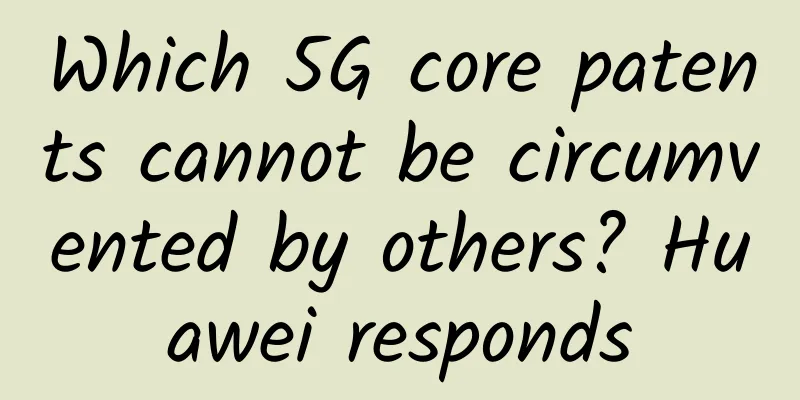
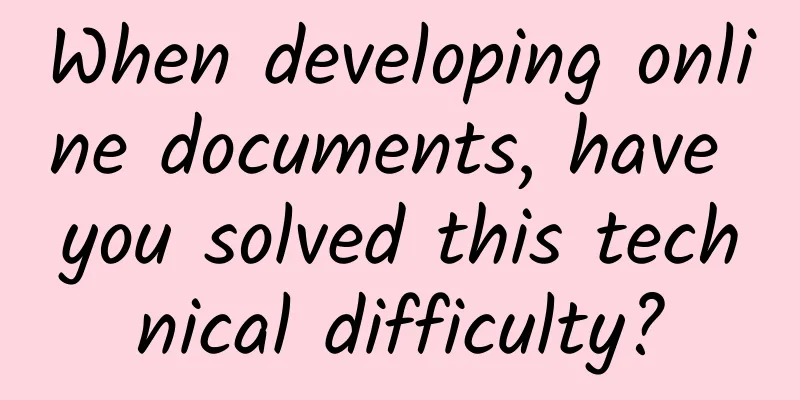
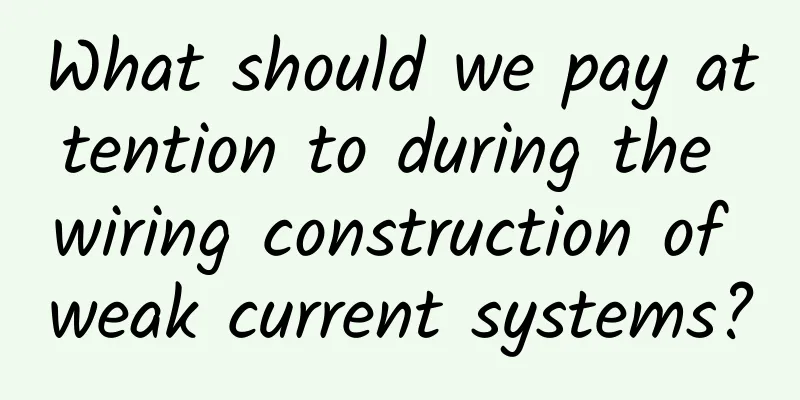
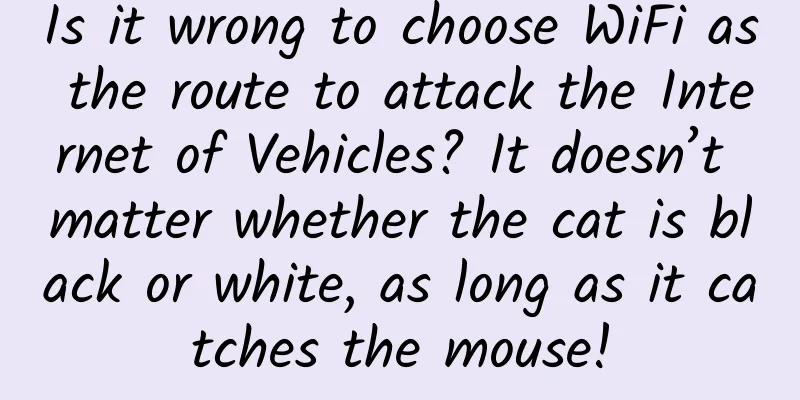
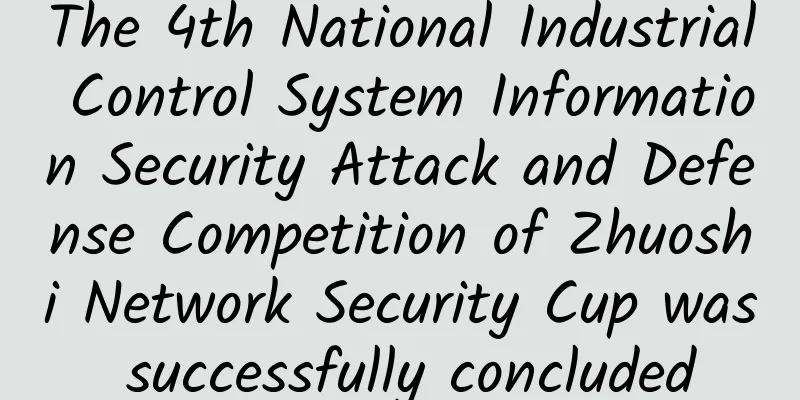

![[Black Friday] HostHatch: 1TB large hard drive VPS for three years for $65 with double memory, multiple data centers in Hong Kong/Singapore/Los Angeles, etc.](/upload/images/67cac00d2a7e8.webp)
